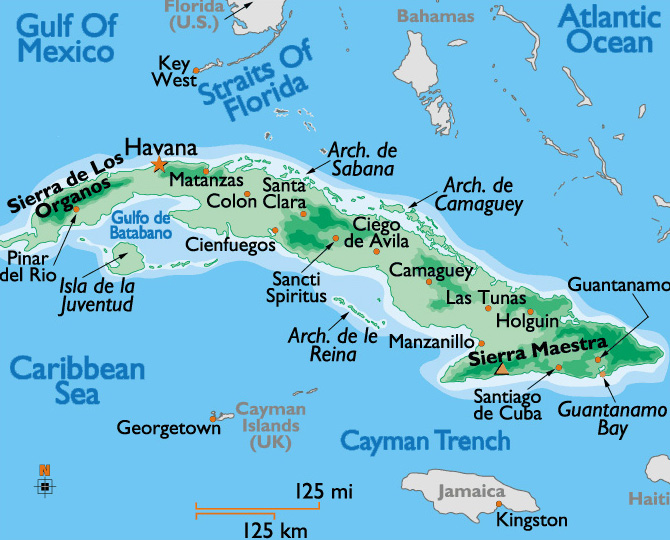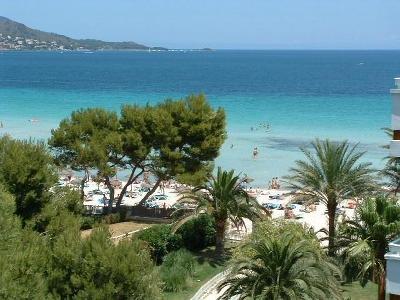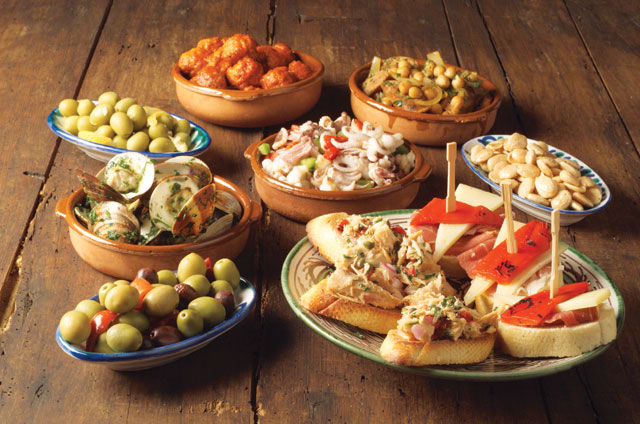Borders
Paraguay, Brazil, Uruguay and Chile.
Population
40,134,425
GDP per capita
$14,560
Capital with Population
Buenos Aires: 3,050,728
Did You Know?
- Argentina declared independence from Spain on the 9th of July, 1816.
- Current President, Cristina Fernández de Kirchner, was the first woman President to be elected in Argentina.
- Argentina is the 30th largest country in the world by population, with just over 40 million people.
- The official currency of Argentina is the peso.
- Argentina was one of the first countries to have radio broadcasting. The first broadcast was made on the 27th of August, 1920. Only twenty people had a receiver at the time!
- Average life expectancy in Argentina is 76 years.
- About 10% of people living in Argentina have private health cover.
- Argentina has a very good literacy rate- 97.6%. This ranks them at equal 58th in the world.
- The official language of Argentina is Spanish, although many people speak Italian and German. Some indigenous populations still speak their native languages.
- Pato is the official national sport of Argentina. It is a combination of polo and basketball.
- Football (soccer) is the most popular sport in Argentina.
- A major export of Argentina is wine.
- Like animated films? The world’s first animated films were made and released in Argentina, by a man named Quirino Cristiani in 1917.
- The Teatro Colón, located in Buenos Aires (the capital and largest city of Argentina), is one of the great opera houses in the world.
- Argentina loves movies! They have one of the highest rates of movie watching in the world. They enjoy watching both locally made movies and Hollywood movies.
- The Argentine government has estimated that 750,000 people living in Argentina are illegal immigrants.
- 20% of the population (according to the 2001 census) lack indoor running water and/or indoor plumbing.
- Argentina produces a lot of honey, soybeans, sunflower seeds, maize and wheat.
- Crocodiles live in Argentina.
- The hottest and coldest temperatures ever recorded in South America have occurred in Argentina.
- Argentina is divided into 23 provinces.
- There are about 70,000 members in the Argentine armed forces.
Cuisine
Chimichurri
Chimmichurri is a variant of green sauce, though there is a red version as well, also used as a marinade, for grilled meat. It is originally from Argentina and Uruguay, but is also used in countries as far north as Nicaragua and Mexico
It comes from 'Jimmy McCurry', an Irishman who is said to have first prepared the sauce. He was marching with the troops of General Jasson Ospina in the 19th century, sympathetic to the cause of Argentine independence. The sauce was popular and the recipe was passed on. However, 'Jimmy McCurry' was difficult for the native people to say. Some sources claim Jimmy's sauce's name was corrupted to 'chimichurri', while others say it was changed in his honor.
Empanadas
Argentine empanadas are often served at parties as a starter or main course, or in festivals. Shops specialize in freshly made empanadas, with many flavors and fillings.
The dough is usually of wheat flour and lard with fillings differing from province to province: in some it is mainly chicken in others beef (cubed or ground depending on the region), perhaps spiced with cumin and paprika, while others include onion, boiled egg, olives, or raisins. Empanadas can be baked (more common in restaurants and cities) or fried (more common in rural areas and at festivals). They may also contain ham, fish, humita (sweetcorn with white sauce) or spinach; a fruit filling is used to create a dessert empanada. Empanadas of the interior regions can be spiced with peppers. Many are eaten at celebrations.
Lots Of Meat
Argentines are famous for their high protein diet, particularly beef. Grilled meat from the asado (barbecue) is a staple, with steak and beef ribs especially common. Chorizo (pork sausage), morcilla (blood sausage), chinchulines (chitterlings), mollejas (sweetbread), and other parts of the animal are enjoyed. In Patagonia, lamb and chivito (goat) are eaten more than beef. Whole lambs and goats can be seen on the asado. Chimichurri, a sauce of herbs, garlic and vinegar, is often used as an accompaniment (most Argentines have a relatively delicate palate and do not include chili in their version of chimichurri).
Famous Argentine’s
Jose de San Martin
The most famous Argentine is José de San Martín (1778–1850), known as the Protector of the South, who was principally responsible for freeing southern South America from the Spanish yoke.
Diego Torres
Born in Buenos Aires in 1971 as Diego Antonio Caccia Torres, he’s an Argentine songwriter, pop singer and actor who’s been nominated for several Latin Grammy Awards. He’s the son of the Argentine singer Lolita Torres. His most famous and successful song is “Color esperanza”.
Adolfo Bioy Casares
Adolfo Vicente Perfecto Bioy Casares was born in Buenos Aires in 1914 and died in the same city in 1999. He was a famous and influential Argentine writer of fantastic, police and science fiction literature who received the Miguel de Cervantes Prize and the Alfonso Reyes International Prize in 1990. He was a close friend of Jorge Luis Borges and collaborated with him in several occasions under several pen names of which the most famous was Honorio Bustos Domecq. Borges considered him one of the greatest Argentine writers. He became part of the French National Order of the Legion of Honour in 1981 and was declared an “Illustrious Citizen of the Autonomous City of Buenos Aires” in 1986. His most famous novel is “La invención de Morel” (The invention of Morel), published in 1940, and was described by Borges and Octavio Paz as “perfect”. He is considered an essential author in the comprehension of the Argentine literature of the 20th Century.
Cristina Fernández de Kirchner
Current President of Argentina, she was elected in 2007 and received the leadership of the country after her husband, Néstor Kirchner, ended his presidential period. She was the first woman to be elected for presidency in the history of Argentina, and the second to occupy position (In 1974, María Estela Martínez de Perón “Isabelita Perón” was elected vice president and then became the president after the death of Juan Domingo Perón). In 2008, she was elected by Forbes magazine as the thirteenth most powerful woman of the world in the publication’s top 100 powerful women list.
Go Visit Argentina and try some Chimichurri!



















